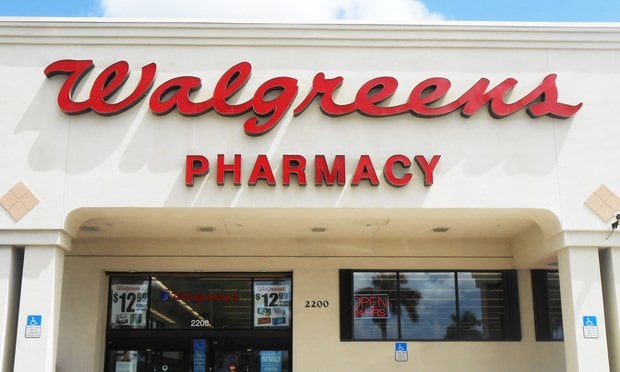Drug shortages in U.S. emergency rooms increased by more than 400 percent between 2001 and 2014, a new study finds.
The study, published in Academic Emergency Medicine, a medical journal, found more than 1,800 reported drug shortages during the 13-year timeframe.
Just over a third of the reported shortages came from emergency departments, and in more than half of them involved a life-saving drug, leading experts to call the phenomenon a public health crisis.
Recommended For You
But solving the problem will be tricky, since in many cases, it's not clear why there is a shortage of any given drug.
The study attributed about a quarter of shortages to manufacturing delays, 15 percent to a lack of demand, and just over 4 percent to a lack of necessary raw materials. But in 46 percent of cases, there was no discernible reason.
Jesse Pines, the report's lead author and the director of the office for clinical practice innovation at George Washington University School of Medicine & Health Sciences, told the Washington Post that recent pressure on drug makers to lower costs may be partially to blame for the shortages.
"This is one of the byproducts of a focus on cost in health care," he said. "There may be a demand for medication, but it may not be in a company's best interest to produce it because the amount they can charge is often lower than the amount it costs to manufacture it."
In the midst of deep frustration over high drug prices, there will likely be some folks who don't want to hear that the solution to drug shortages is to allow pharmaceutical companies to charge even more for medication.
But Pines isn't saying that that's necessarily the solution. In fact, he's not sure there is a clear one.
As he explained to the Post: "There are many ways to mitigate drug shortages, but there's no magic bullet to solve them. This could and potentially will get worse."
© 2025 ALM Global, LLC, All Rights Reserved. Request academic re-use from www.copyright.com. All other uses, submit a request to [email protected]. For more information visit Asset & Logo Licensing.







